Well, Watch Me: An Interview With Paralympic Archer Lia Coryell

If I had to sum up Lia Coryell in three words, it would be: “Well, watch me!”
Sitting across from me over Zoom, the hallmark of communication in a COVID world, Lia welcomes me into her world with a warm smile, alternately joking about her COVID hair and her grand plans for a system invoking Pavlovian theory that zaps you if you come close to the refrigerator. Ground quivers filled with bouquets of multicolored arrows decorate the background like so many vases of flowers. Lia Coryell is a woman of many laughs and many stories. She is also a woman of great determination, great kindness, and a relentless, indomitable spirit.
Coming from a large family of five brothers and three sisters, Lia grew up in a world of poverty and abuse, caring for her siblings from the age of eight when her single mother returned to the workforce. She spent some time in foster homes and enlisted in the Army at the age of 17. Her service was cut short when a reaction to a vaccine triggered an autoimmune response in her brain that falls into the Multiple Sclerosis (MS) category. In MS, the abnormal response of the body’s autoimmune system destroys the protective myelin coating of nerve fibers, leading to dysfunction within the central nervous system of the brain, spinal cord, and nerves. She was medically retired at the age of 19. “I am quite possibly this country’s oldest private,” she jokes.
For the next 28 years, she had Relapsing-Remitting MS (RRMS), which is the most common disease course, with periods of increasing neurologic symptoms followed by periods of remission. In 2014, doctors told Lia that the disease was progressive, which meant that her symptoms would worsen over time with little chance for remission. At the time, she was a single parent, raising two children. Self-educated with six degrees already to her name, she returned to graduate school at the University of Wisconsin – Milwaukee.
Live the best life I can, because they can’t
“I was feeling pretty sorry for myself at that time,” she says, frankly. “You know? Barely making ends meet with my kids. Really new to my wheelchair.” As part of her assistantship, Lia was tasked to set up social and academic support for the student veterans on campus. “My graduate ‘job’ was to work with these kids,” she says.
Then she laughs, “Well, I call them kids. Young enough to be mine.” An offer of tacos for veteran students turned out more people than she could possibly have imagined, ultimately 1,400 veterans in all. All needing a voice – someone to advocate for them.
“They needed to be heard and changes needed to occur. I am a fierce Mama Bear, so advocating and representing these young people who had already given so much to this country, required more than tutoring and making tacos. I had to develop leadership skills to accomplish the tasks needed to make sure they were treated fairly.”
The military has its own culture, language, symbols, and hierarchy, and Lia needed to prove it to UW administrators. She discovered a 3% graduation rate, high occurrence of ADHD, and as many as 89% of the veterans were first generation college students, with no reference for what collegiate life was like. A decided lack of on-campus support drove her to create a dedicated center in the student union building and implement a program called From Combat to the Classroom to teach learning strategies, an awareness of military culture, and its applicability to campus life.
As she wheeled around campus one day with a fellow veteran student, she asked if it bothered him that people stared wherever he went, because at the time, it bothered her, newly to her chair. He said “I lost 12 brothers and sisters in Fallujah… I lived. It would be dishonorable of me not to live the best life I can, because they can’t.”
“Their tenacity and their willingness to put themselves out there…” she takes a long pause, here, remembering the exchange, “humbled me.”
Lia learned that one of the best ways to get a veteran to rise to the challenge was to make them a leader, to show your confidence in their ability to get things done. “I have always been a teacher and caregiver until my student vets made me their leader.”
That experience, she said, “changed my life.”
Your mental game will make or break you

Photo Credit: US Archery
In the summer of 2014, Lia attended the VA Sports Clinic, an adaptive sports program in San Diego, CA. Here, she was first introduced to archery. “I am not built for speed on a good day,” she says. “I am not very strong. I cannot catch a ball to save my life. I prefer to stay in my wheelchair instead of being knocked out of it.” Ultimately, she chose archery because the mental aspect, the “Zen of it,” appealed to her – that notion of competing as an individual yet still being part of a team.
“For the first time in 28 years, I was something more than a patient, a client, a research subject… I became an Athlete.”
By 2015, she was the first female W1 archer on the US Para team and the only female W1 in the western hemisphere. W1 is a classification used by USA and World Archery that designates the most severely impaired group of athletes: with all four extremities impacted, a loss of core and balance, and some form of quadriplegia or tetraplegia. Lia is considered a neuro-quad, the most impaired class of archers.
Hooked on the sport and with the blessing and support of her veteran students, she stepped away from school to train full time for the Olympics. Training included team camps in addition to sessions with her personal archery coach, MJ Rogers, to whom she sent training film and met with several times a year.
“In archery, your mental game will make you or break you,” she says, frankly. The physical aspect of duplicating the shot process over and over again to achieve consistency and results is challenging. “My body is struggling,” she says.
She points out that since she began shooting, her ranking has gone up and her scores have gone up even as her body has declined. When she first started archery, she was still able to stand and take a few steps. Now, she says she is just trying to remember how to lift her foot. Despite these challenges, she is currently ranked #1 in the USA for both indoor and outdoor archery. “You can’t tell me archery isn’t a mental sport,” she says. “I can’t tie my own shoes; most people don’t know that… I can’t open a can of pop. Or a bottle. But I can shoot world ranking scores. That’s crazy!”

I’ll make it work
Accessibility, Lia notes, means something different in every state and every country.
Just to find an archery range on which to train, she had to negotiate special permission from the Army to shoot adjacent to the gun range, where there was a 50-meter paved path. An accessible range is in such demand and in such short supply, that six members of the USA Para Team have come to train in Wisconsin simply because of that range.
Asked what is the aspect of archery she likes the least, the answer was an emphatic: “Traveling! All of it!” When traveling for competition, or even for a training camp, Lia must transport her suitcase, bow case, back pack, med bag, wheelchair, and firefly (an electric handcycle that attaches to her wheelchair to increase mobility). Just getting this from long-term parking to the airport check in is exhausting.
Travel comes with additional risks to her equipment. Lia states that at least once a year, her chair is so badly damaged that it is unusable on arrival, creating a level of uncertainty each and every time she travels. On the way to the 2016 Olympics in Rio, the frame of her wheelchair was crushed in transit, and she had to borrow a power chair just to get around the Olympic village for the first couple of days.
Most people don’t realize, she says, that the shooters’ chairs are customized. In many cases, they can’t simply use another chair. “You pick your battles,” Lia says.
So, she shot the premier archery competition in the world, using a borrowed chair, and finished 7th overall in only her second year with a bow in her hand. Later, shooting with Jeff Fabry in the mixed team competition, team USA went to the bronze medal match.
“When you’re a para, especially a para who was injured later in life, you learn to adapt quickly,” she says. “Because there’s always going to be something.” Most of the current team, she says, were injured later in life. All have the grit to make it work.
COVID-19 and the delay of the Olympics
The thing Lia notes most about COVID is that it can be called “social distancing” if you are with your family, but if you live alone, it is “solitary confinement.” Her doctors told her that isolation was not just important, it was critical, saying, “if you get this, you will not survive.”
So, she self-isolated. The lists of “important” things to get done became worth no more than the paper on which they were written, and she came to realize “how much people mean to me.” With the delay of the Olympics until 2021 and a revised 14-month training plan in place, Lia pushed forward, through the loneliness of training without her family and team. The isolation took a toll.
“I was crying. A lot. And I’m not a cryer,” she says. She talked to her sports psychologist and learned that people need touch and proximity so the hormones in the brain stay balanced. Crying releases those hormones. To know that it’s a biological response from lack of touch, she says, is powerful.
To train during COVID, she shot indoors on a three-meter range set up in her 800-square-foot apartment. “It is literally two pushes from the front door to my bedroom,” she laughs. Her teammate, Jason Tabanski, found an algorithm that prints a resized target based on the length of your shooting range, so that it looks exactly as it would if you saw it through your scope at 50 meters. She chuckles, “It was between the size of a dime and a quarter.”

Photo Credit: Lia Coryell
Changing lives
Always looking for that silver lining, Lia mentions that one of the blessings of COVID is that she “can be more mindful and observant” in her training, and research and development can continue.
Her biggest project has involved trying different grips to increase her hand’s contact with the bow, a necessity due to the lack of muscle in the back of her hands. She has tried numerous different devices to allow her to safely pull back the bowstring then trigger the release, including a fingerless release developed by one of her teammates. In addition, when Lia shoots, she is strapped to her chair from mid chest to her knees, as letting the bow down can actually pull her from her chair. She has tried several different strapping methods to reduce the heat burden. “This is our year. Let’s figure this out,” she says, with enthusiastic optimism.
The lessons learned from this research and development benefit not only the team, but the archery community as a whole, as the positive adaptations discovered by team members become part of the adaptive shooting manual and para coaching seminars.
Lia frequently calls on these lessons learned.
She tells the story of a young boy named Levi, who had an injury that severed the majority of the hand he uses to pull back his bowstring. An avid hunter, he was desperate for a solution. She had him shoot a bow left-handed, and “within ten minutes, he was killing it,” she smiles. She knew he could use what he had left of his injured hand to push on the bow and use his other hand to pull back and release, a technique she learned from another archer on her team. Levi was “over the moon,” Lia says. “Because I’m around people that need adaptations, it helps the entire community.” She can’t tell you how many mouth tabs she has tied to help stroke victims in her area to shoot without the use of their affected arm.

She tells the story of a little girl named Addison, who had muscular dystrophy, had just lost her ability to walk, and had only been in her wheelchair for a few months. She wouldn’t look at anybody, wouldn’t talk. “She was done,” Lia said. “Because mentally she knew exactly what was going on.” Her family asked if they could bring her to the range and if Lia could teach her to shoot so that she could “be the best at something,” they said. Addison instantly became a part of the archery culture. She had a little bow, someone would hold it for her and she would shoot it, then the retired guys at the range would fight over who got to go retrieve her arrows. She started to come out of her shell.
One day, Lia came to the range late and Addison noticed that Lia’s shoes were untied. Lia said that due to her MS she can’t tie her own shoes and her daughter wasn’t there that morning to tie them for her. Addison straightened up and said, “Well, I can tie shoes. I’ll tie your shoes.” And she did. For the next few weeks, Lia came to the range every Sunday with her shoes untied so that Addison could tie them for her, “because Addison could do something I couldn’t.” Addison doesn’t shoot archery anymore, Lia says, because she’s president of the student council, because she’s on an adaptive sled hockey team, because she’s on a dance team, because she does adaptive swimming.
“But it started with archery… Archery can change lives.”
I am Lia
Lia is the only Level 4 coach in the world in a wheelchair. “As an adult adaptive athlete, I feel like I have a duty and a responsibility to pave the way for those coming behind me. It’s my legacy.”
She was told that if she could not pull back a recurve bow, she could not be a coach. “Well, watch me,” she said. Months later, the fact that she has given several seminars means that more people have been exposed to adaptive archery and can take that knowledge forward because the person who taught them was in a chair. Part of leading the way, she says, is to do things that haven’t been done before.
She pauses. “I need to be the person I wish I had when I was a kid. When I’m gone, hopefully what I’ve taught people, what I’ve left in their hearts, will always be there.”
“I am not MS. I am not incurable. I am not progressive. I am not dying,” she says, emphatically.
“I am Lia.”
Then she shrugs, “And I happen to shoot a bow pretty well.”

Photo credit: USA Archery
You can follow Lia’s path to the 2021 Tokyo Olympics online through the USA Archery website, Facebook, Instagram, and Twitter. For those in the Colorado Springs area, the Olympic and Paralympic History Museum will host a display of Lia’s gear used during the 2016 Rio Olympics. Called the Lia Coryell collection, it includes her bow, arrows, quiver, uniform, and some of the coins she collected.
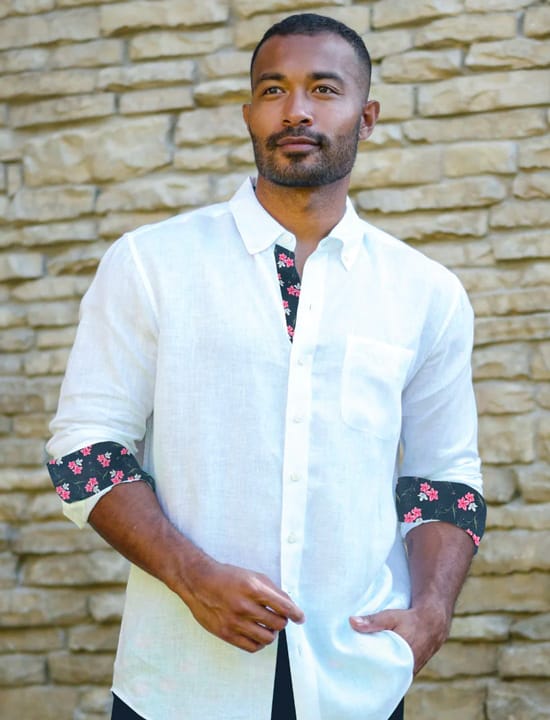
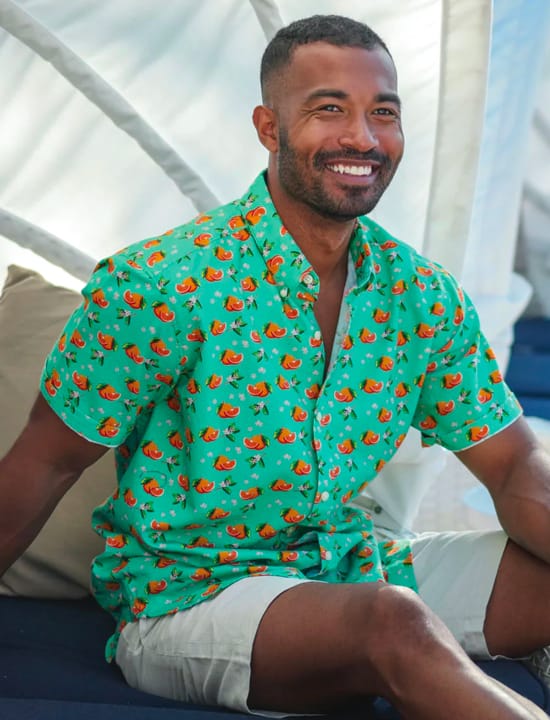
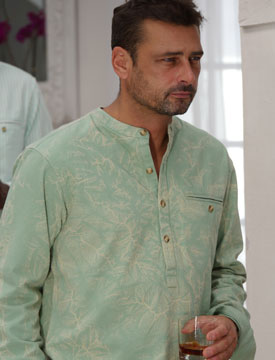
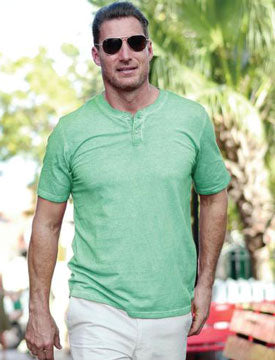
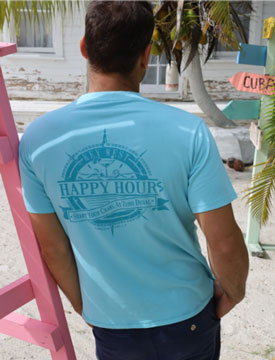
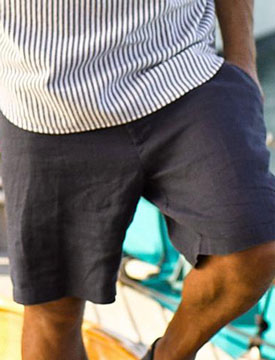
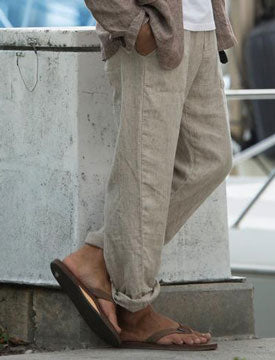
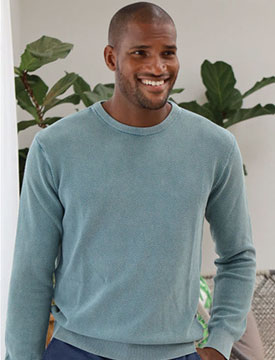
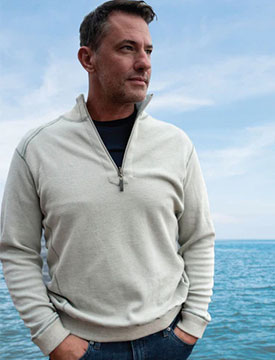
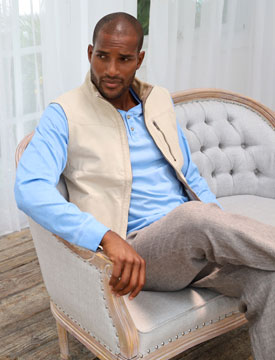
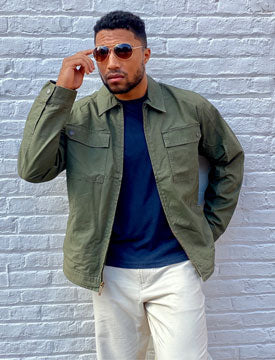
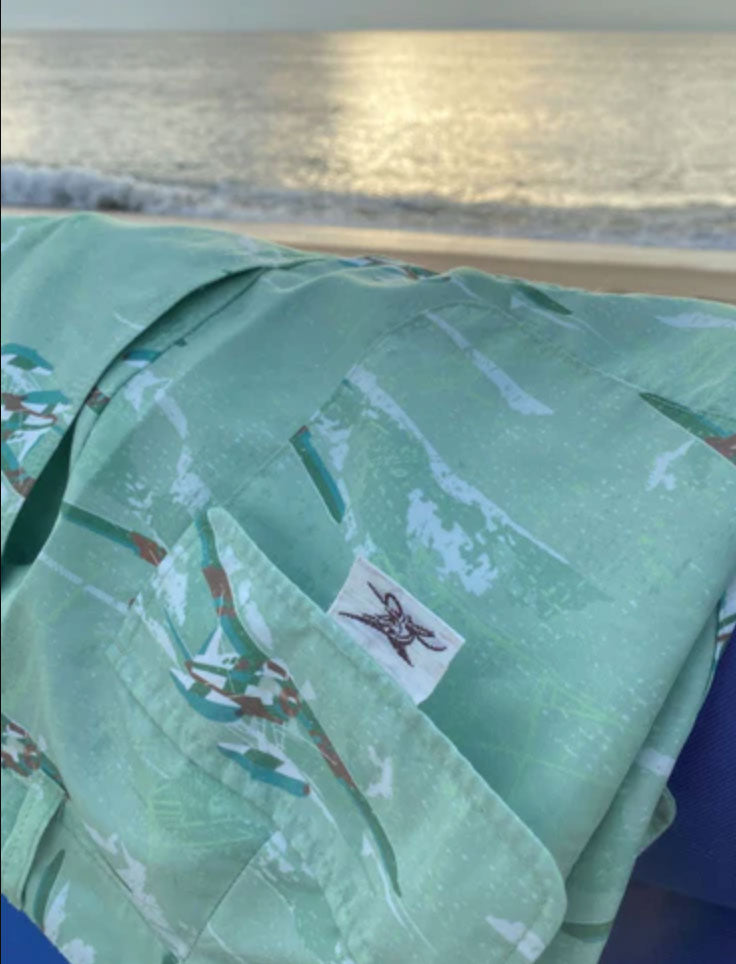
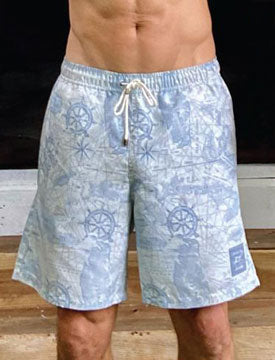
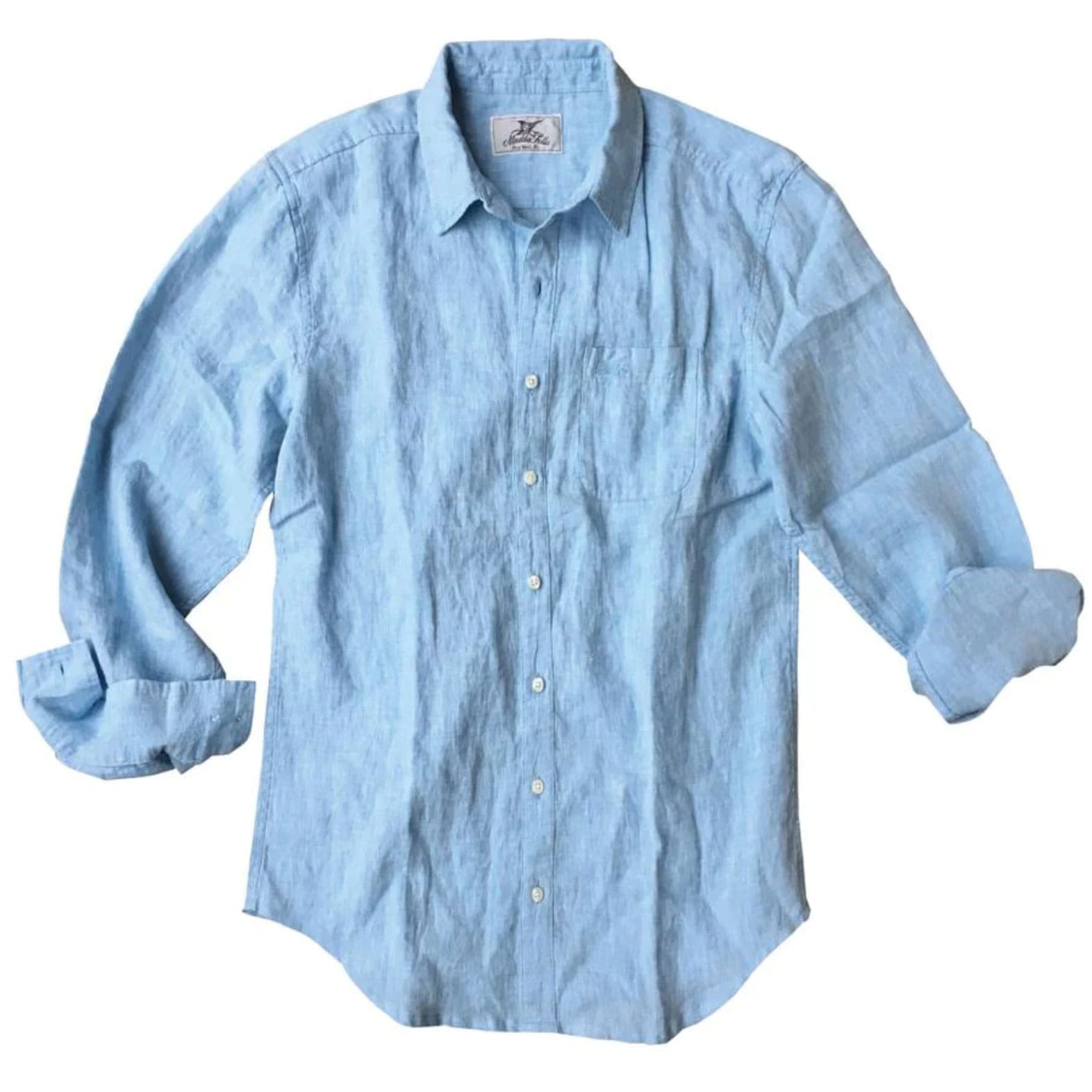
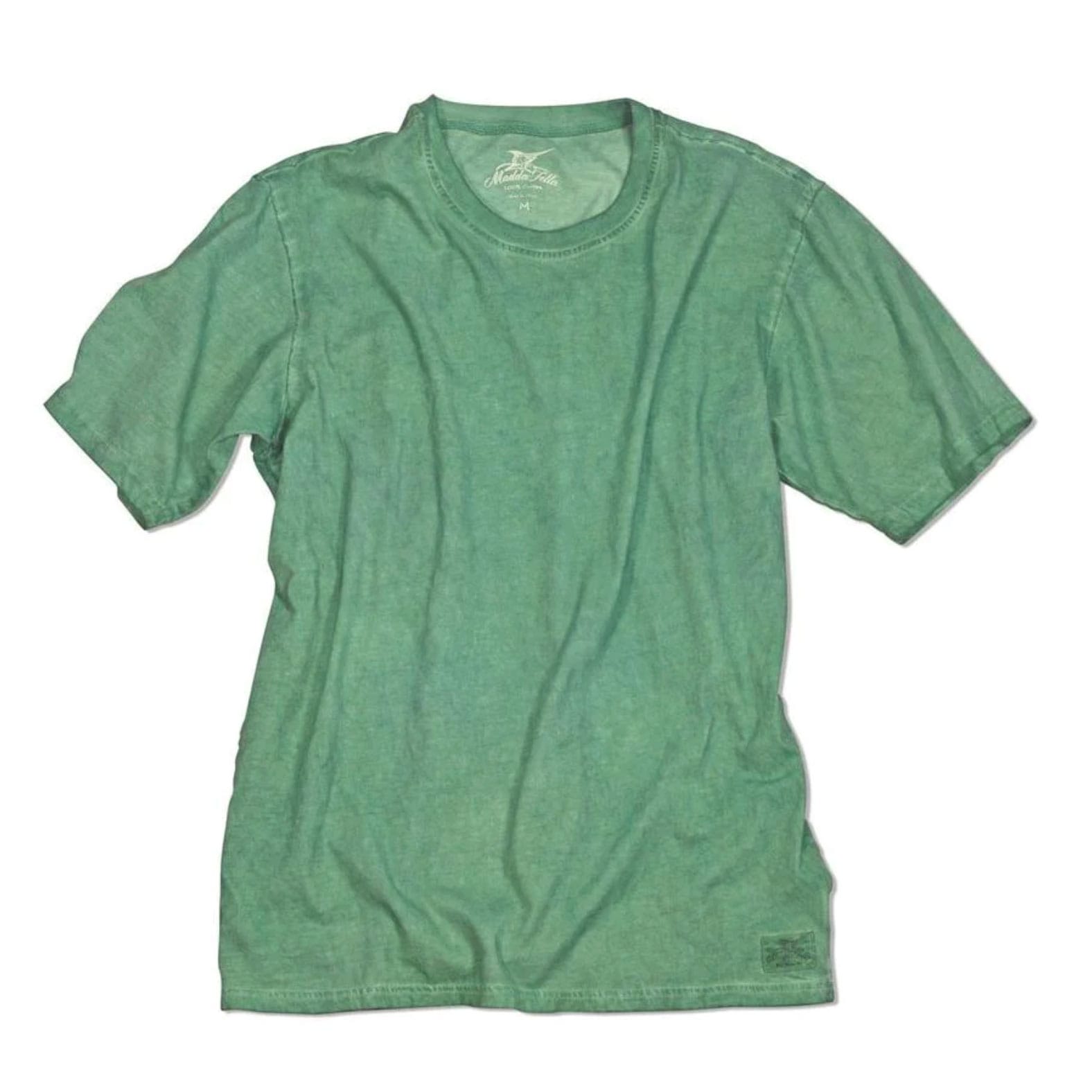

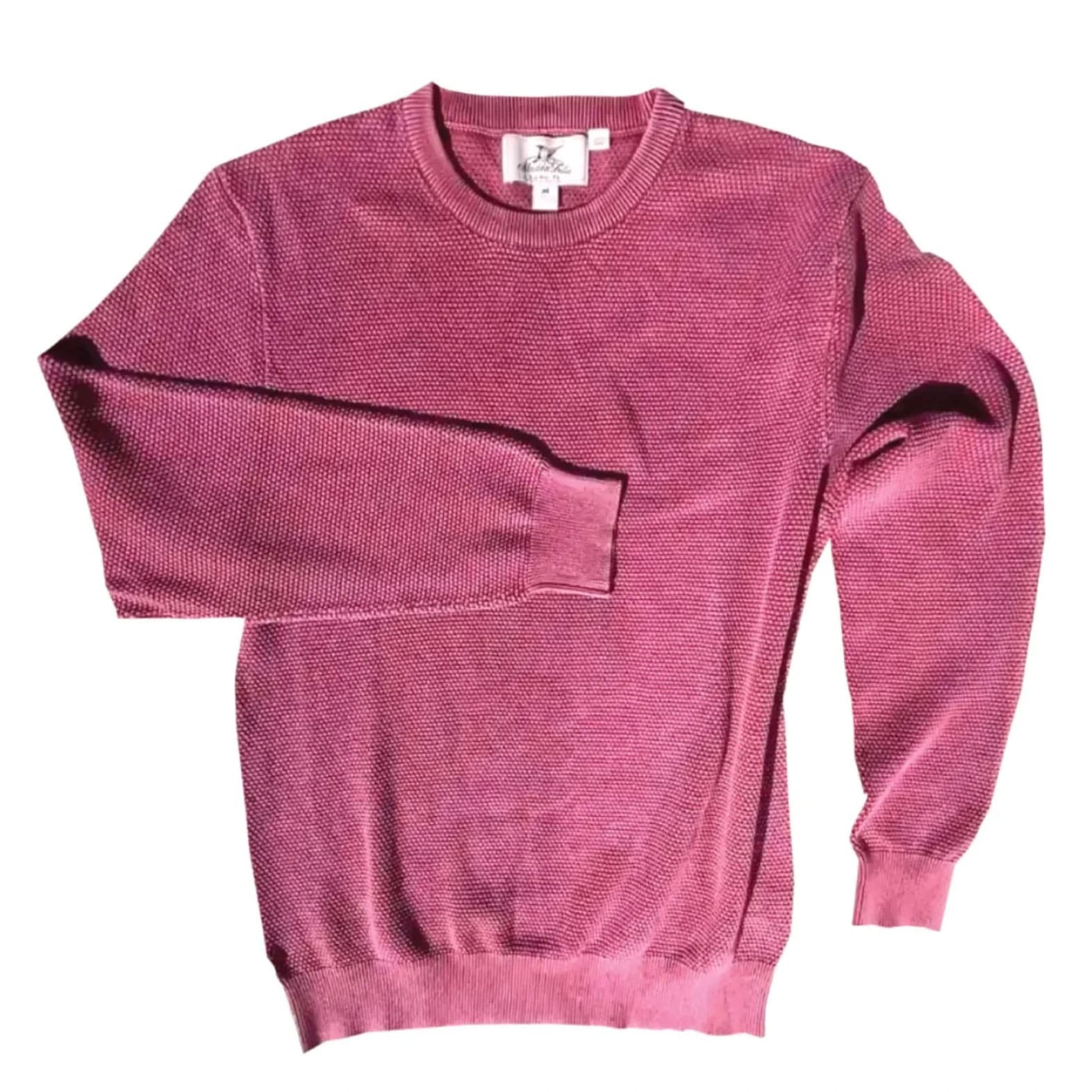



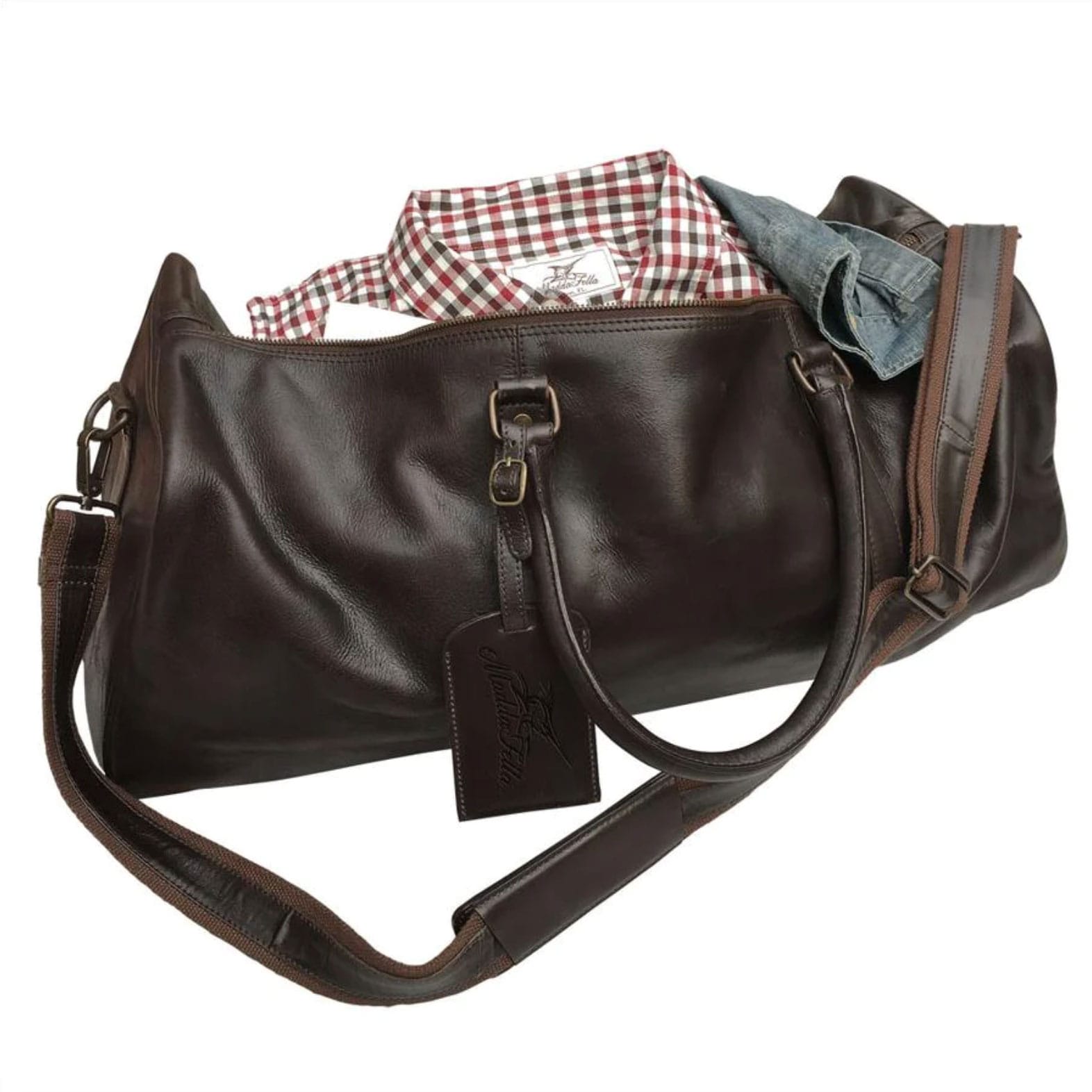

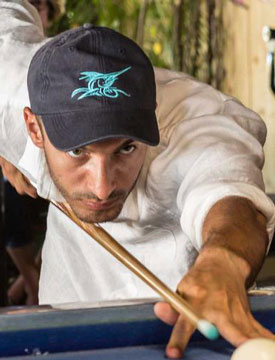
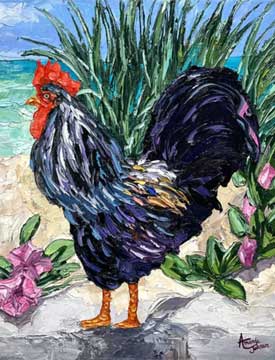

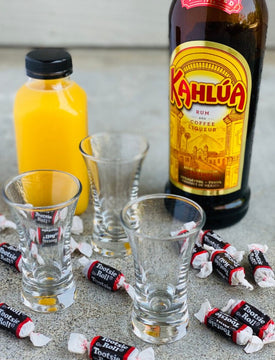


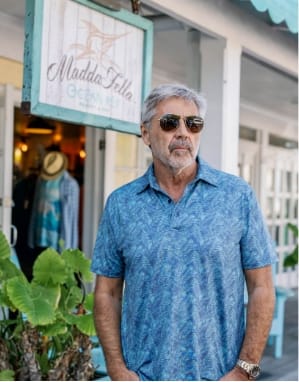
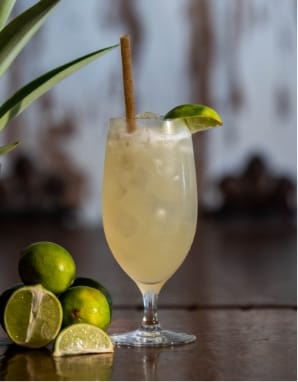
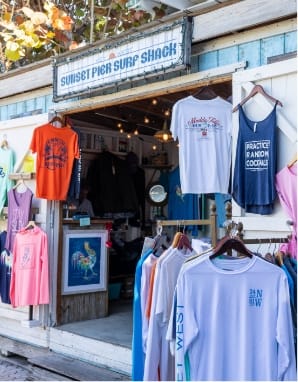


Leave a Comment